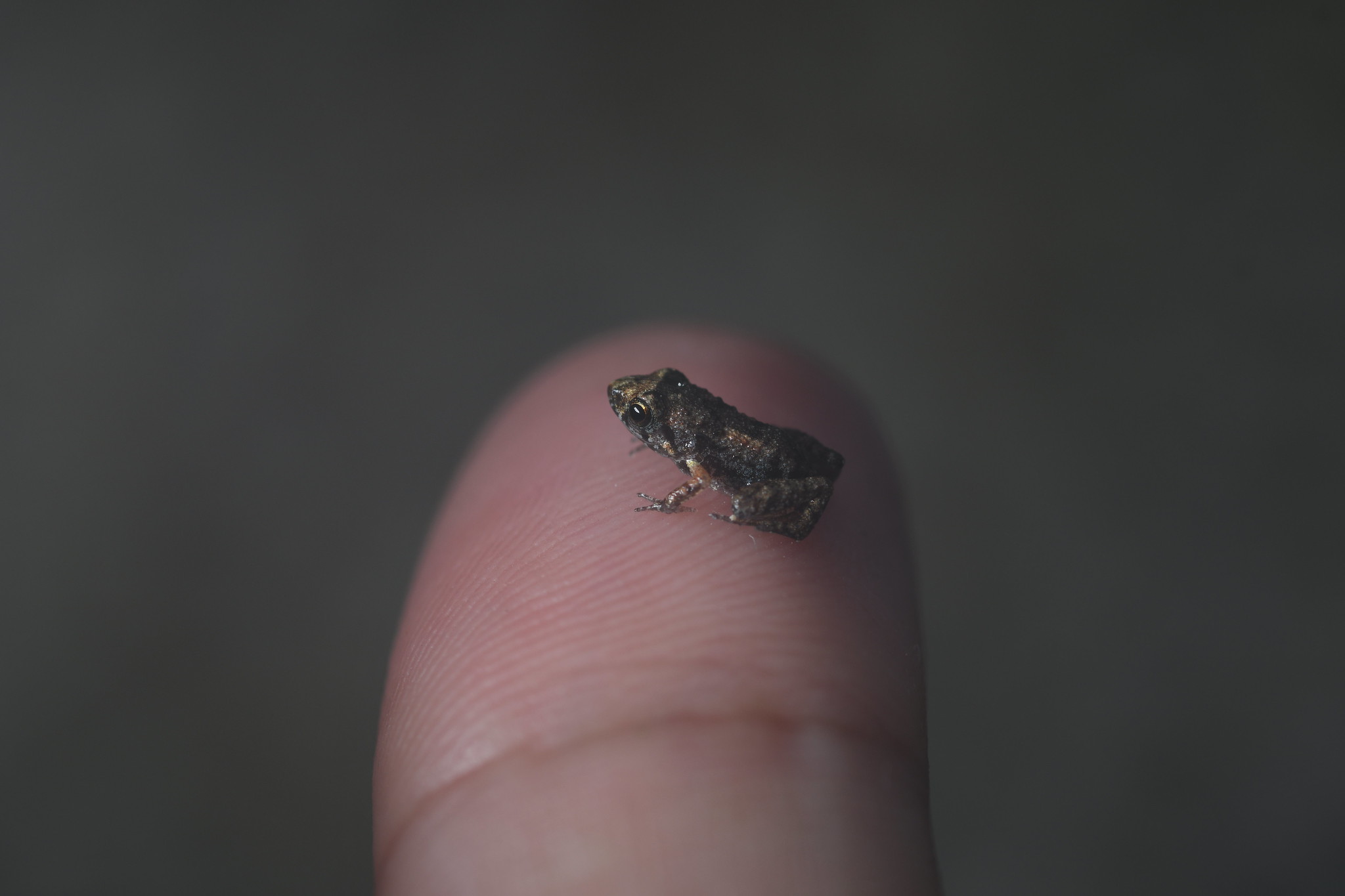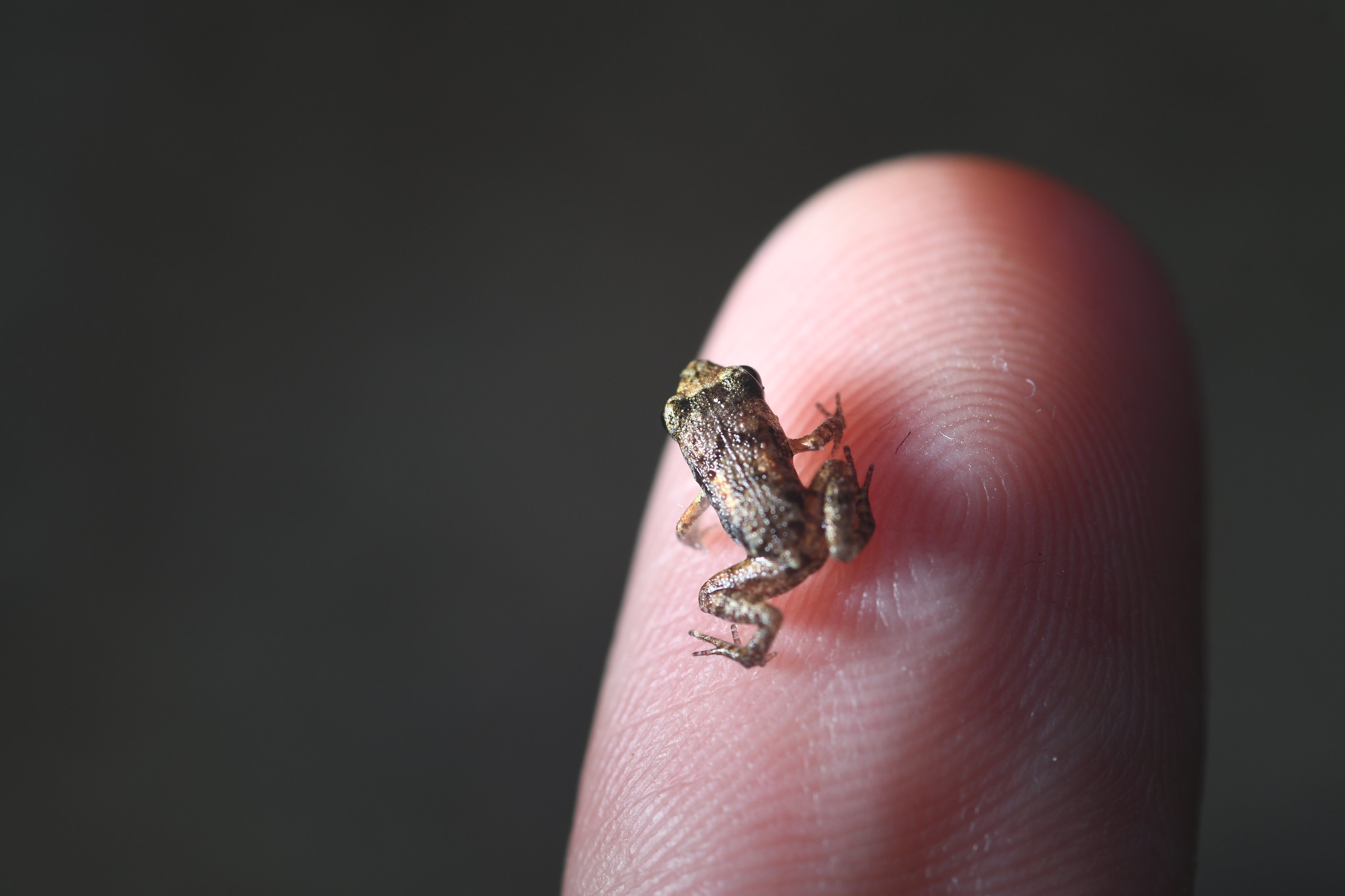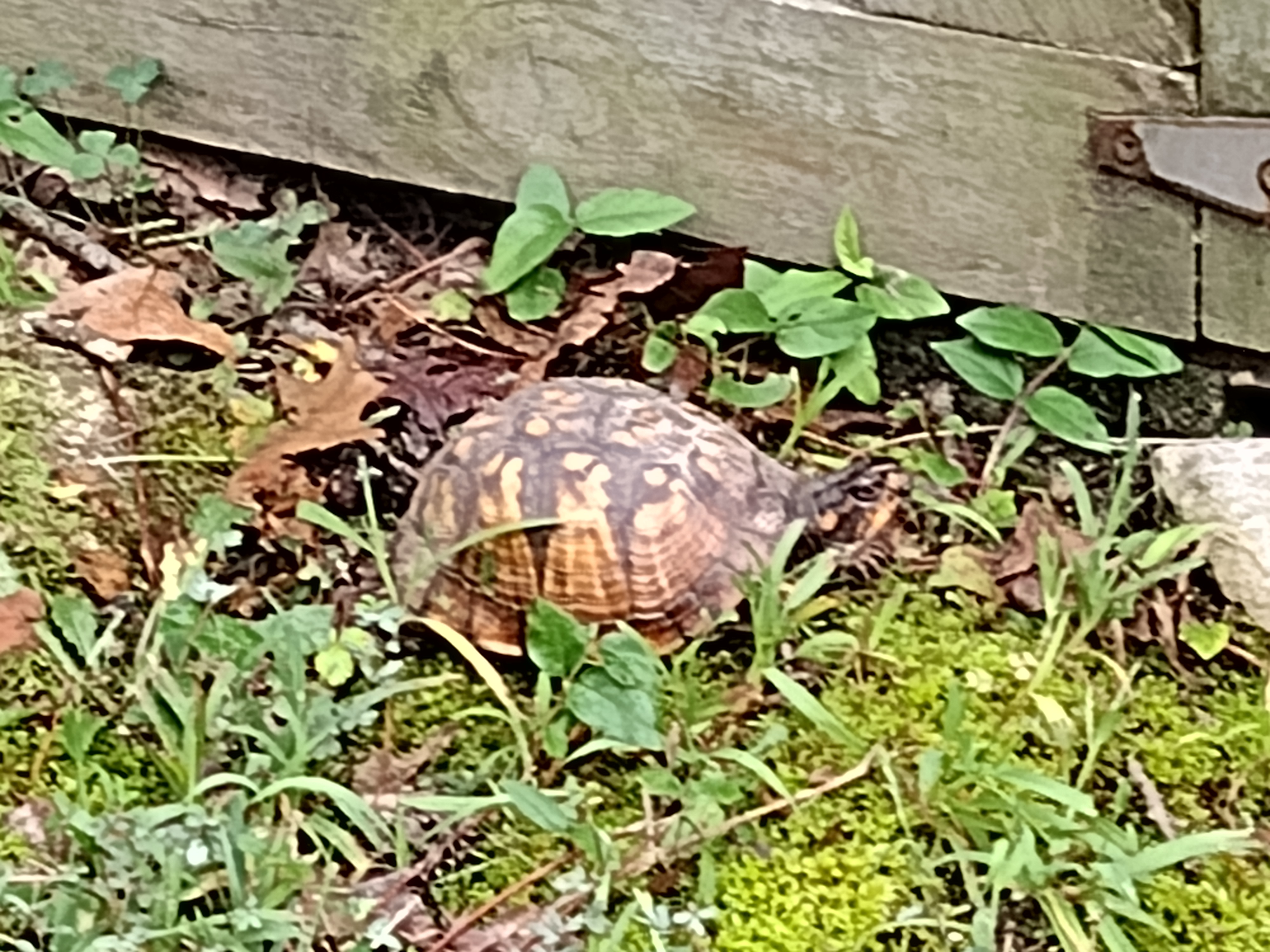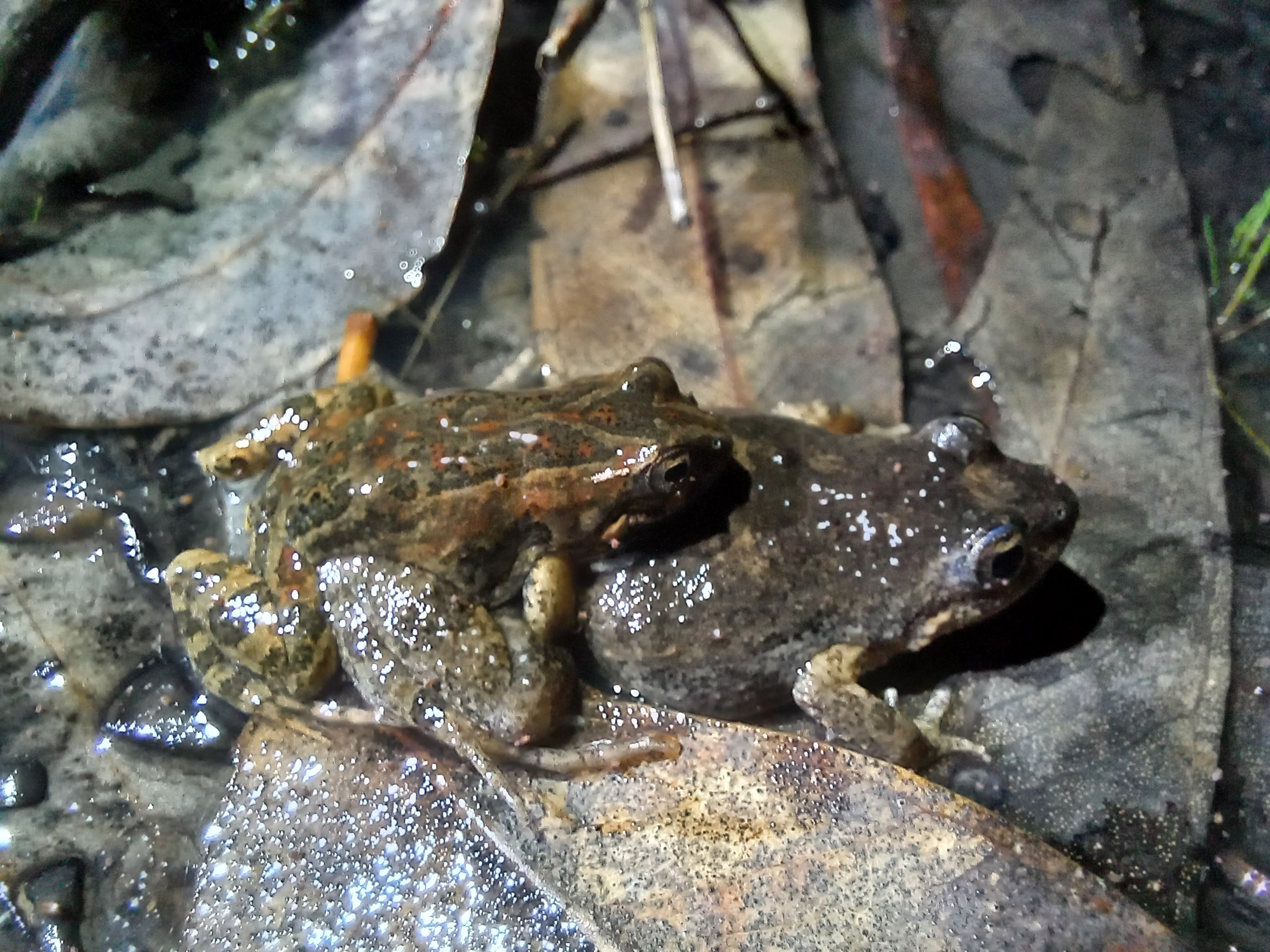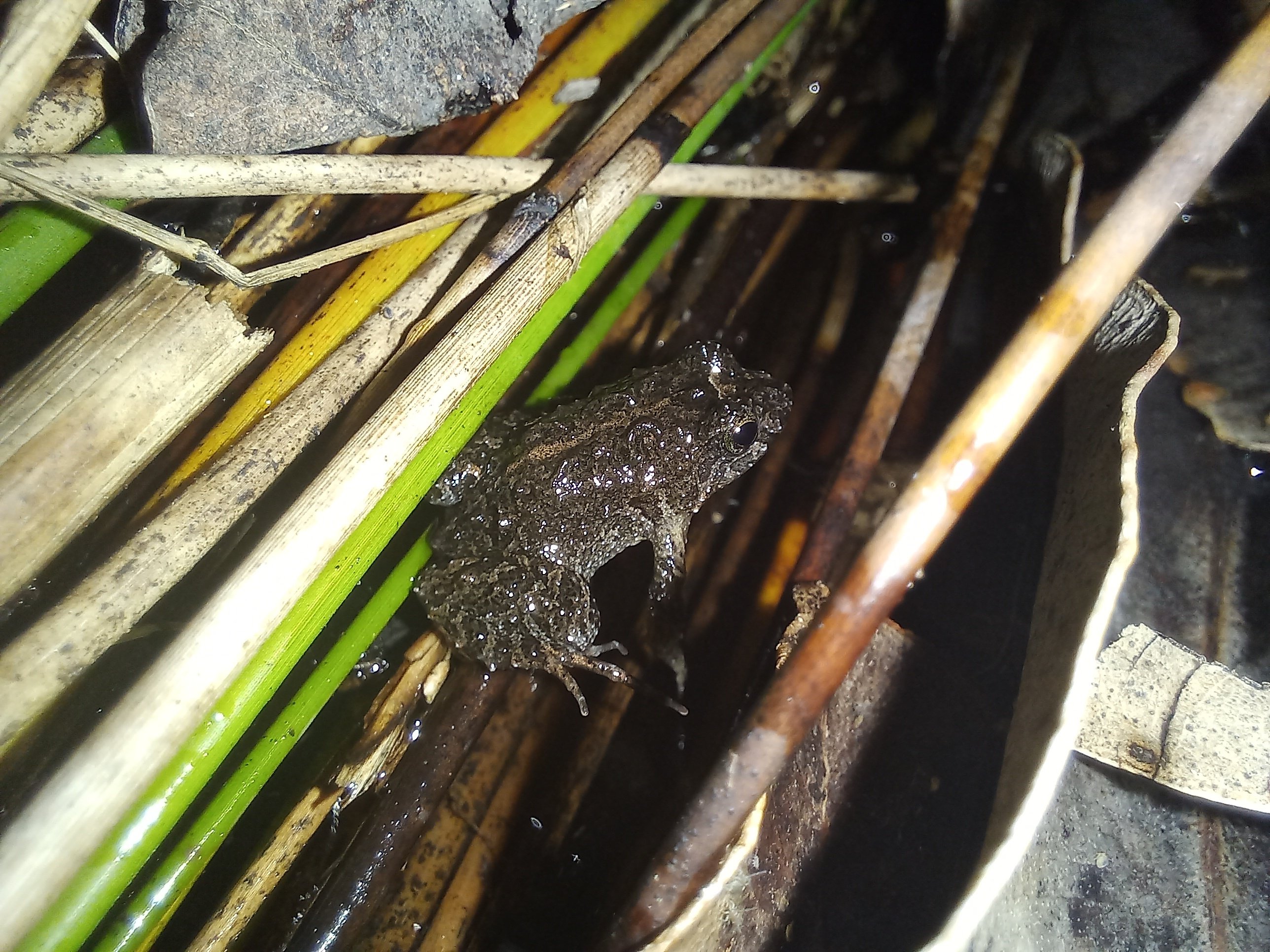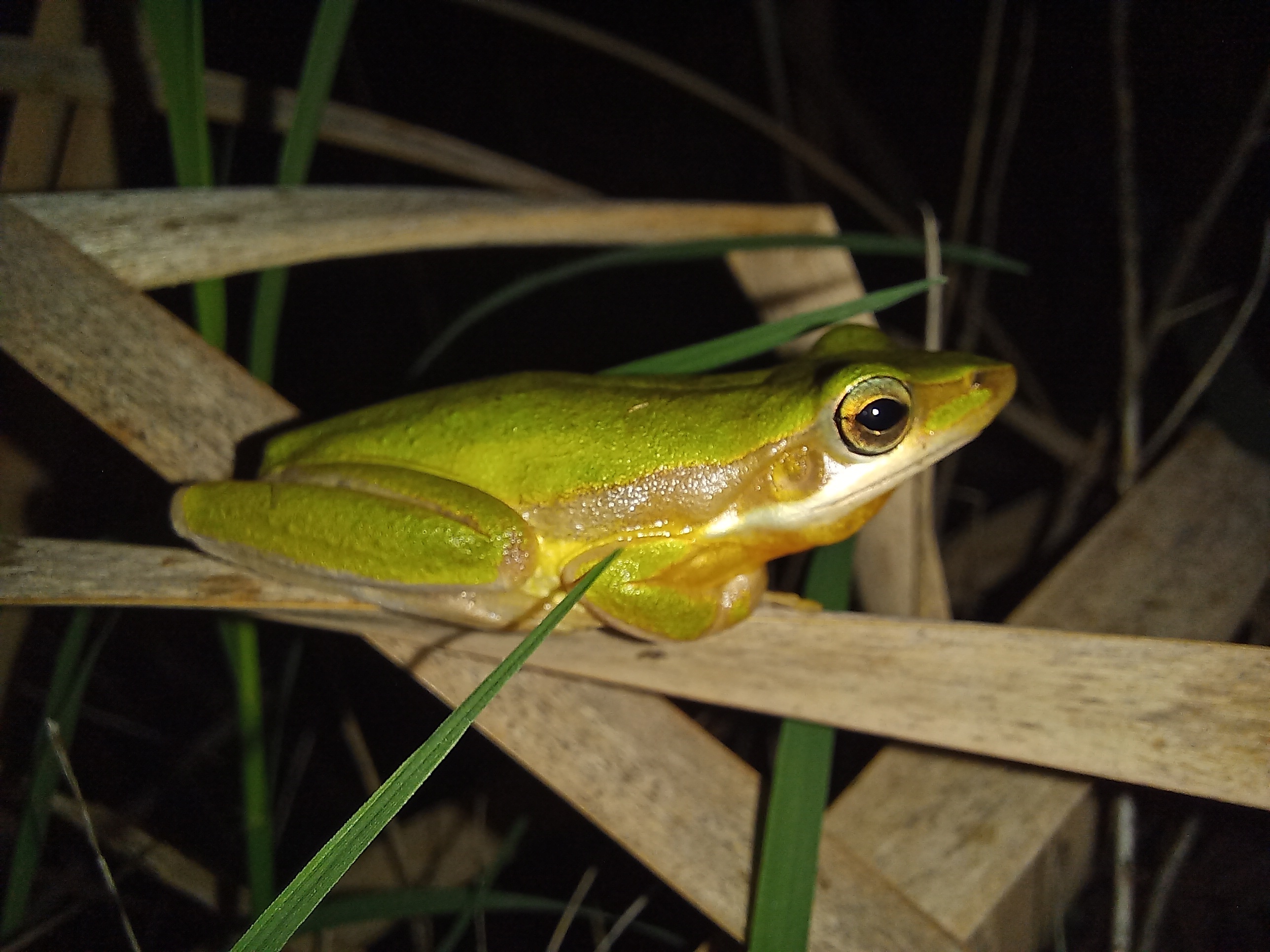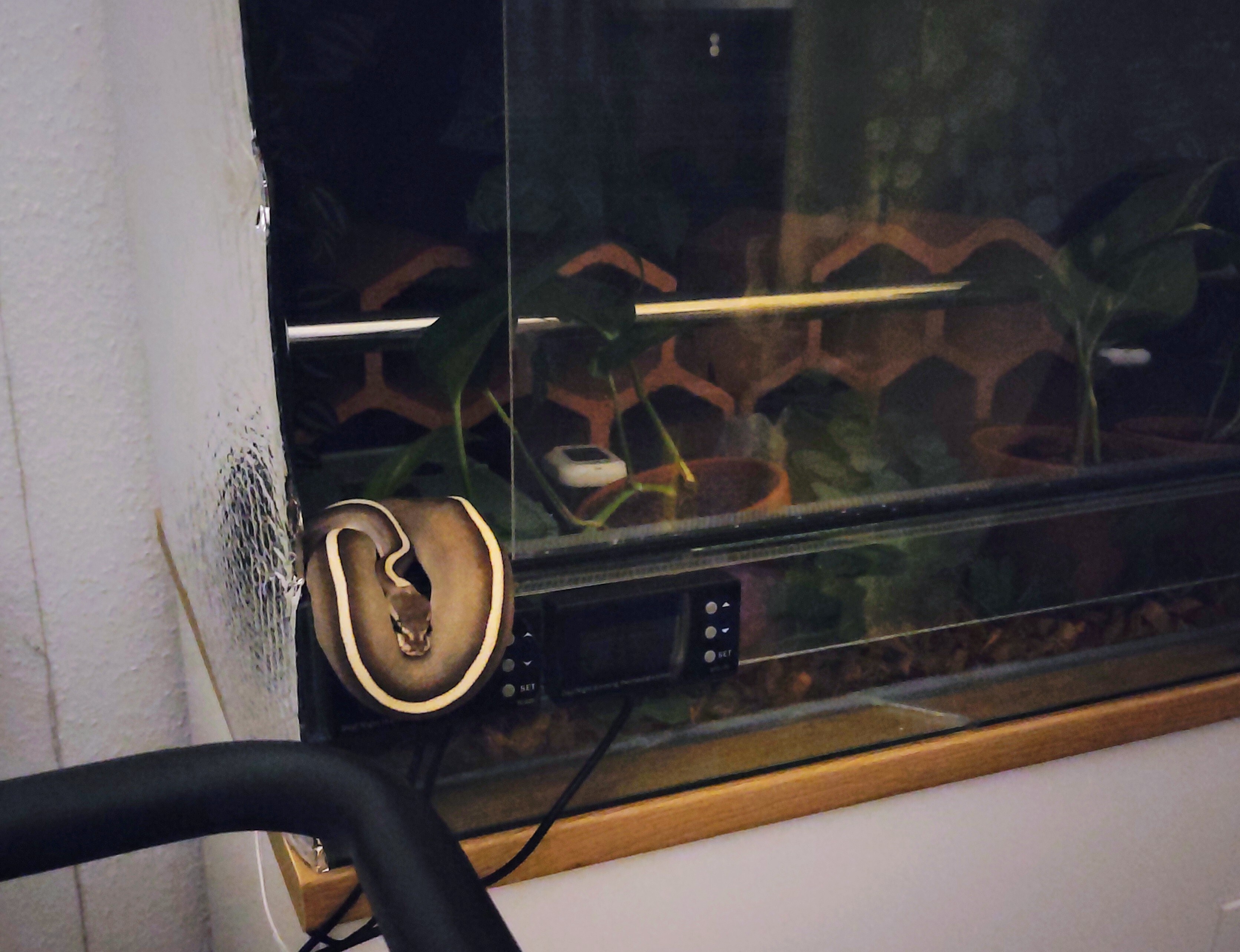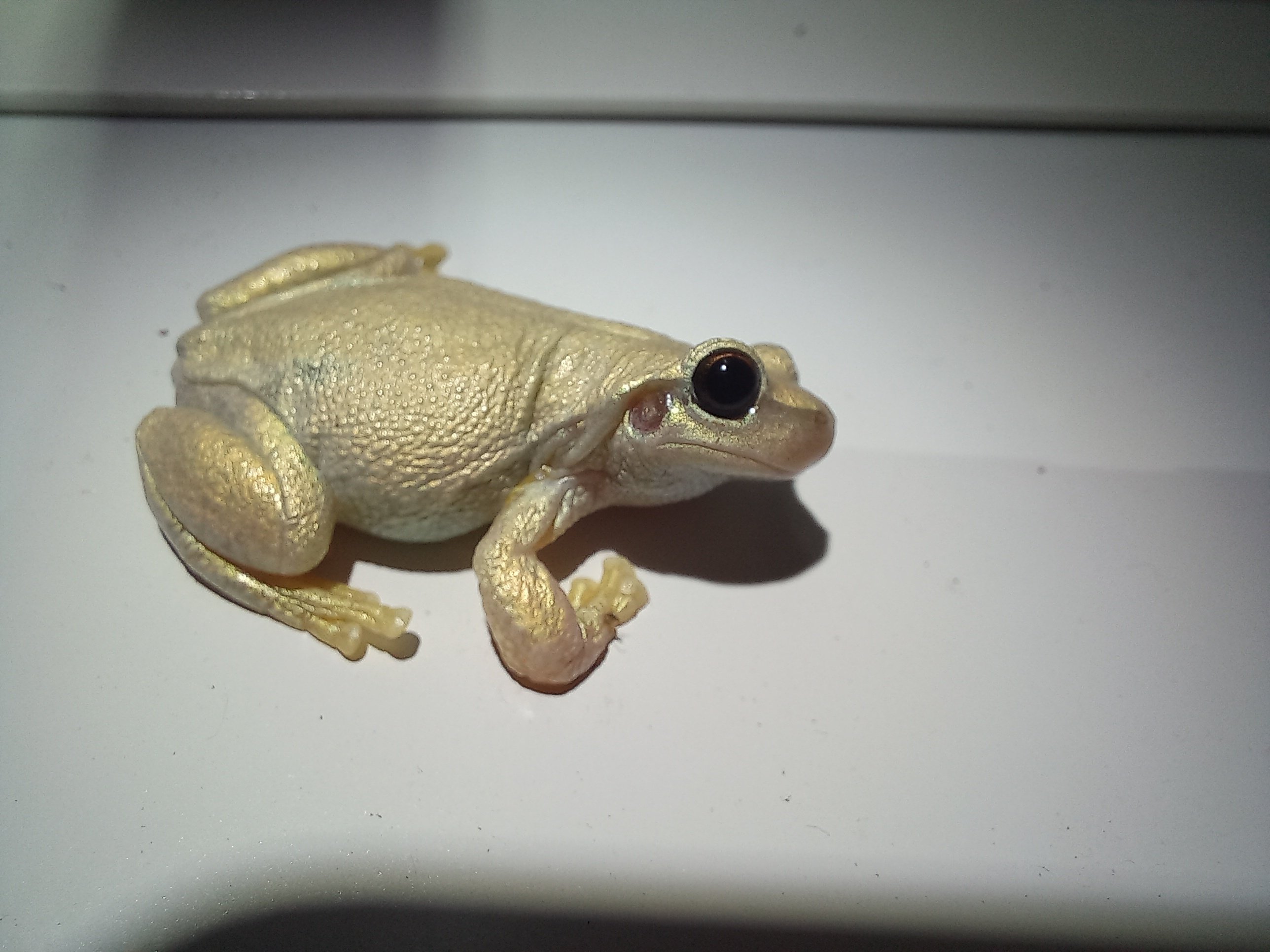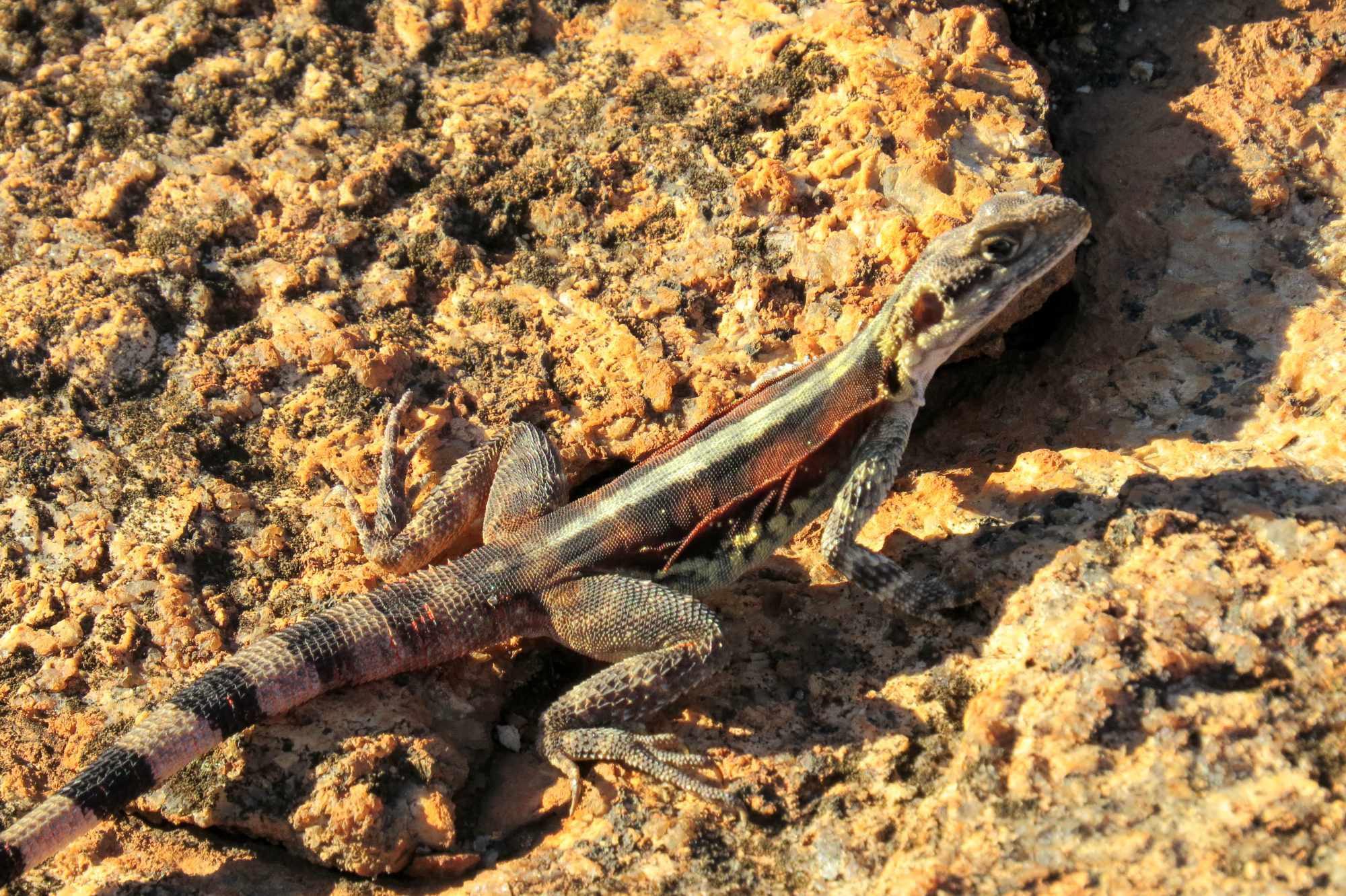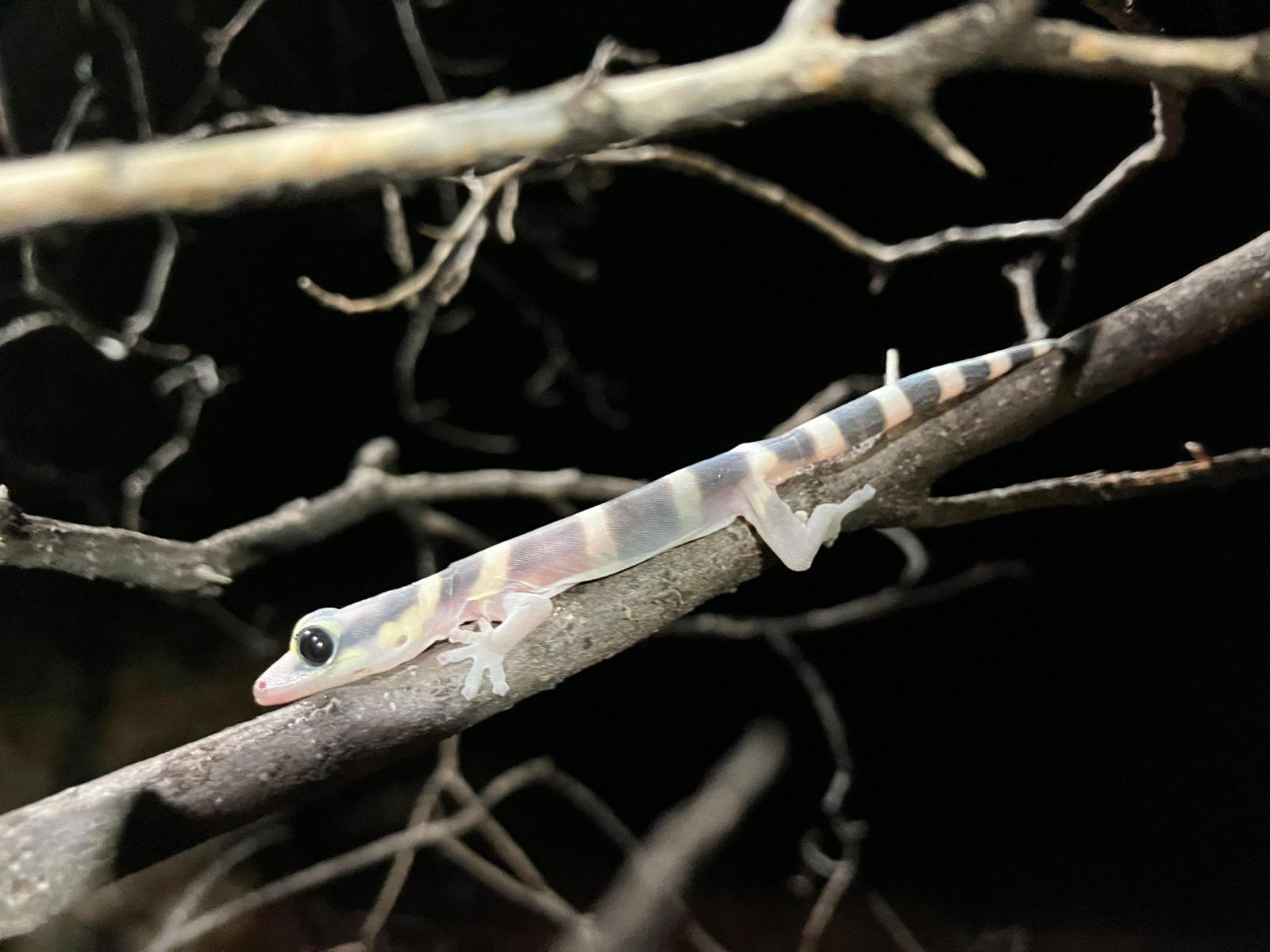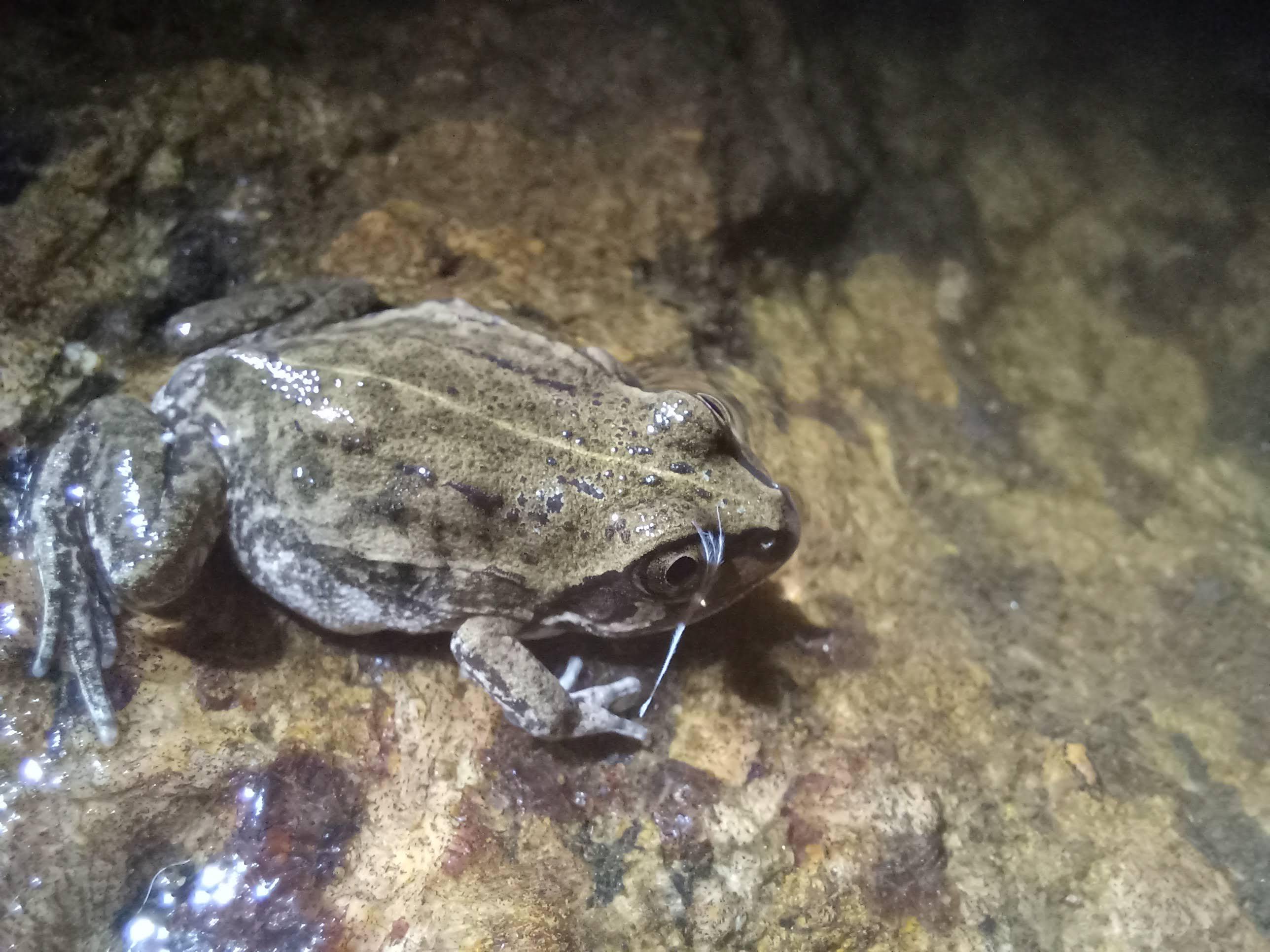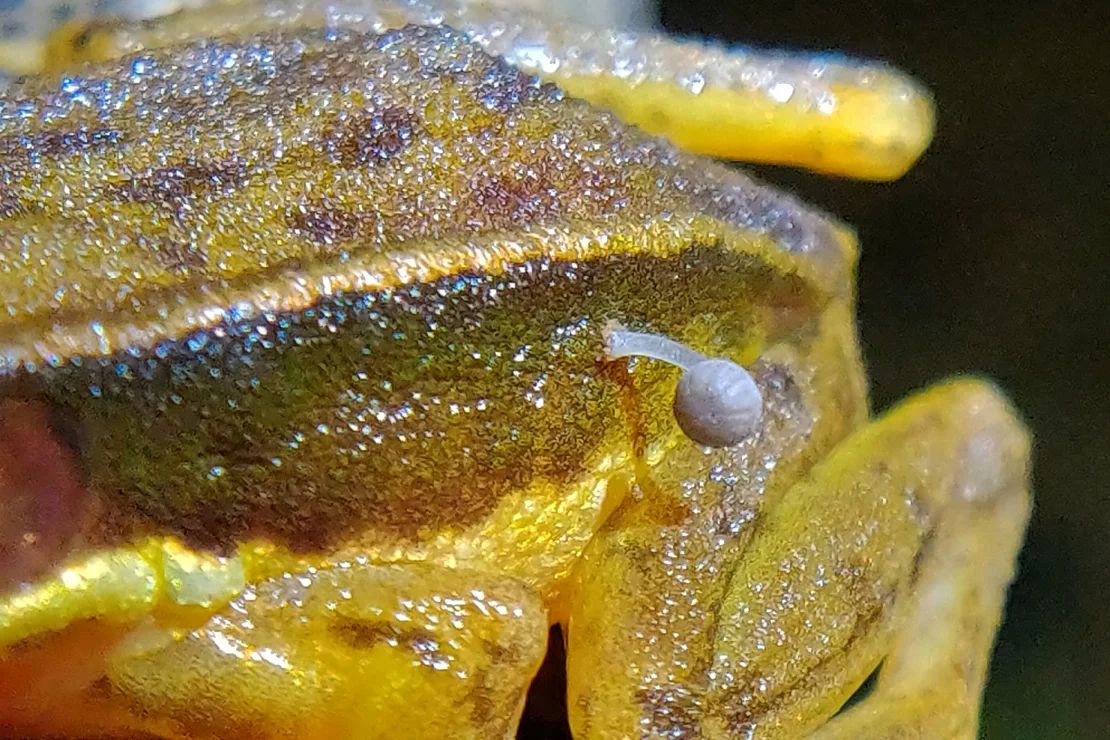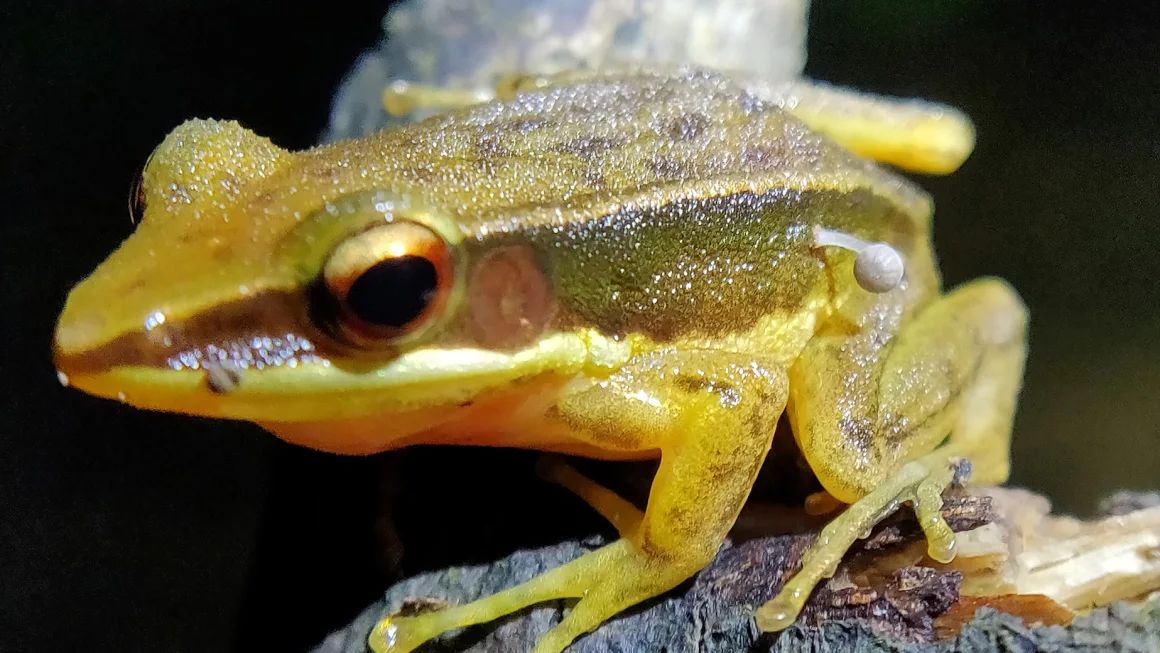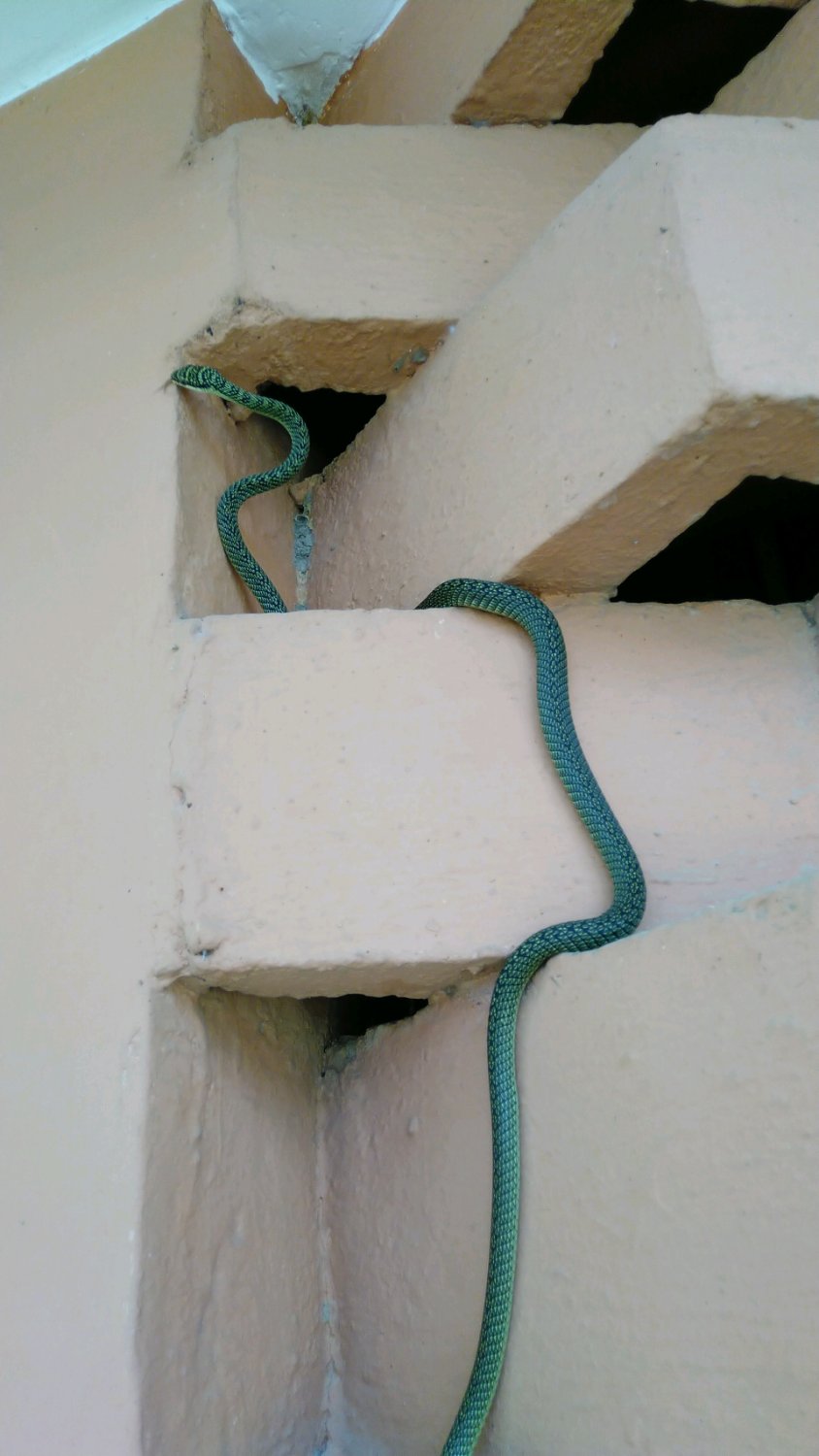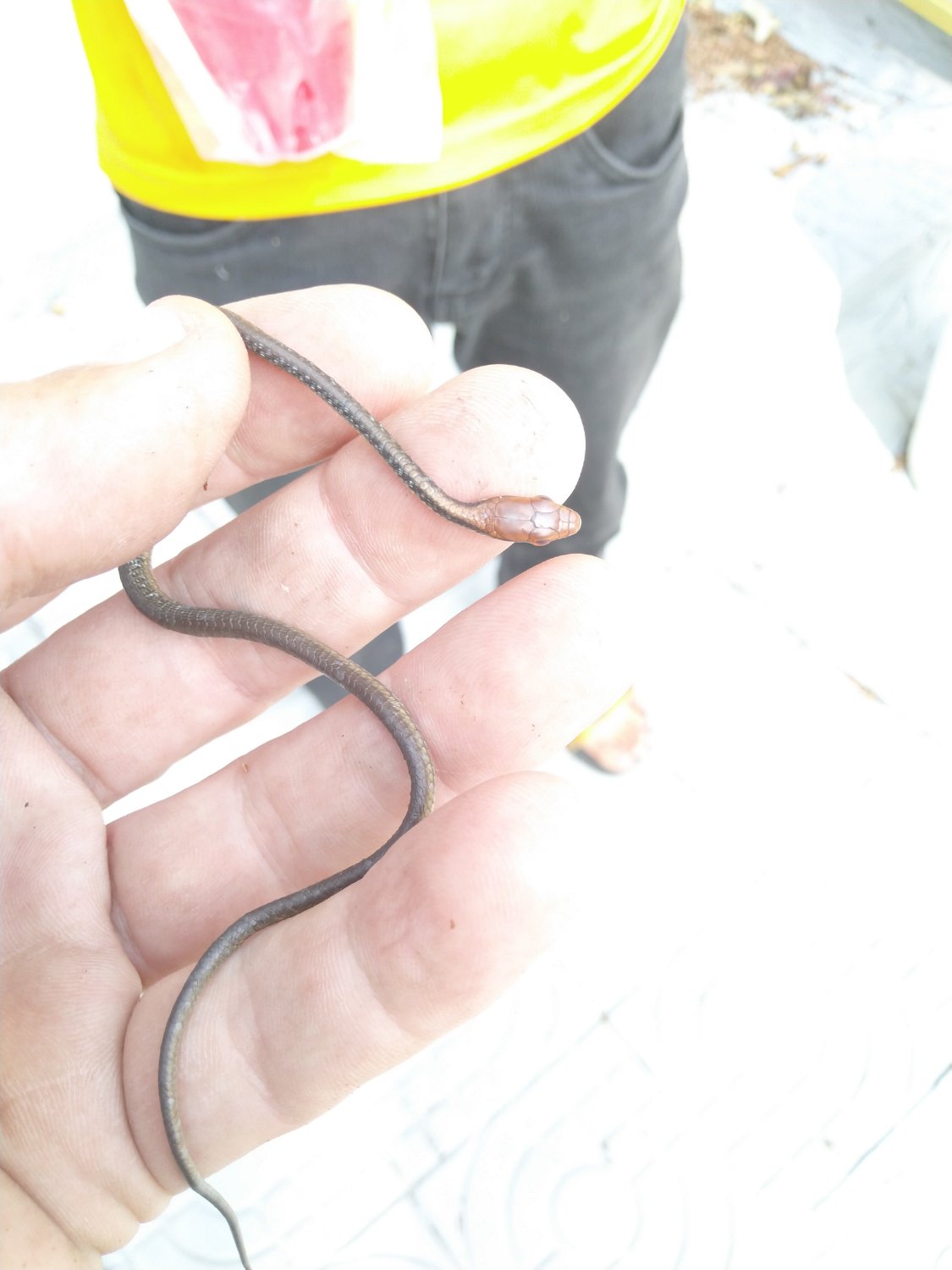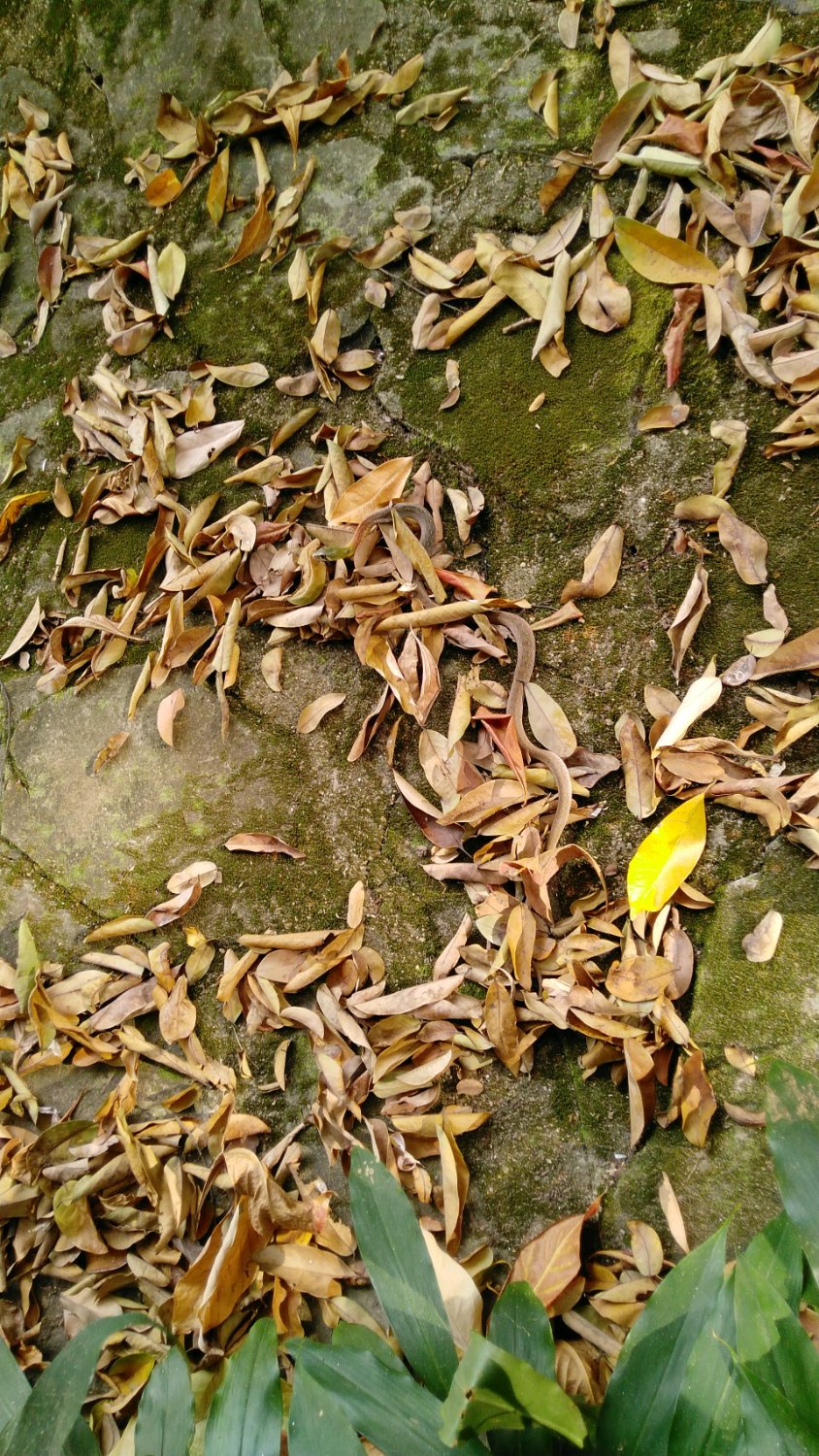1
2
3
4
5
6
7
8
9
10
11
10
Assessment of visual acuity in Python regius using optokinetic response
(onlinelibrary.wiley.com)
12
13
17
Biology of Yucatán Box Turtles (Terrapene yucatana) in Northern Yucatán
(meridian.allenpress.com)
14
15
16
17
18
19
20
21
9
Arboreal or terrestrial: Oviposition site of Zhangixalus frogs affects the thermal function of foam nests
(onlinelibrary.wiley.com)
22
11
The salamander limb: a perfect model to understand imperfect integration during skeletal regeneration
(journals.biologists.com)
23
24
25
view more: next ›

